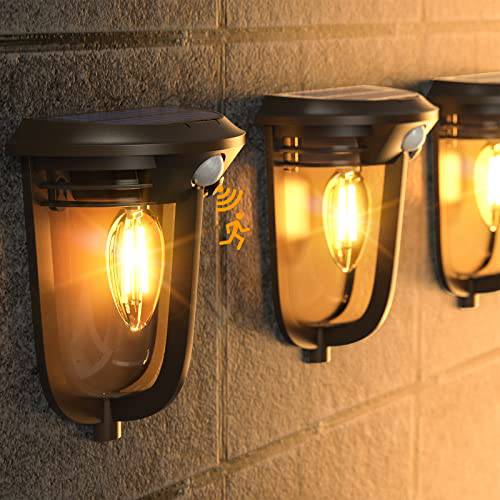
How Do Motion Sensor Lights Work?
Motion sensor lights have become a popular choice for both residential and commercial properties, providing convenience, security, and energy efficiency. But how exactly do these innovative lights work? Let’s delve into the technology behind motion sensor lights and explore their benefits.
Understanding Motion Sensors
1. Types of Motion Sensors
Motion sensor lights typically use one of two main types of sensors:
-
Passive Infrared (PIR) Sensors: These sensors detect changes in infrared radiation, which is emitted by warm objects, such as humans and animals. When a person enters the sensor's field of view, the PIR sensor detects the change in heat and activates the light.
-
Microwave Sensors: These sensors emit microwave signals and measure the reflection off moving objects. Unlike PIR sensors, microwave sensors can detect motion through walls and obstacles, making them highly sensitive.
2. Detection Range
Most motion sensor lights have a specific detection range, usually between 10 to 30 feet. The range can vary based on the type of sensor and its sensitivity settings. Some models allow you to adjust the detection range to suit your needs.
3. Activation and Deactivation
When motion is detected, the sensor sends a signal to the light fixture, turning it on. The light remains illuminated for a predetermined amount of time, usually adjustable between 10 seconds to several minutes, before automatically turning off if no further motion is detected.
Benefits of Motion Sensor Lights
1. Enhanced Security
One of the primary advantages of motion sensor lights is their ability to deter intruders. The sudden illumination can startle potential burglars, making your property less appealing to them.
2. Energy Efficiency
Motion sensor lights only activate when needed, reducing unnecessary energy consumption. This feature is especially beneficial for outdoor lighting, as it ensures that lights are not left on all night, saving you money on electricity bills.
3. Convenience
Imagine walking up to your front door, and the lights automatically turn on, guiding your way. Motion sensor lights provide convenience, especially in dark areas, allowing you to navigate safely without fumbling for a switch.
4. Versatile Applications
These lights are not just for outdoor use; they can also be installed indoors, such as in hallways, garages, or bathrooms. Their versatility makes them suitable for various settings, enhancing safety and accessibility.
Installation Tips
Installing motion sensor lights is relatively straightforward. Here are some tips to ensure optimal performance:
-
Choose the Right Location: Install the lights in areas with high foot traffic or where security is a concern. Avoid placing them too close to trees or bushes that may trigger false alarms.
-
Adjust Sensitivity Settings: Fine-tune the sensitivity settings to minimize false triggers from passing cars or animals.
-
Regular Maintenance: Keep the sensor clean and free from obstructions to ensure accurate detection.
Conclusion
Motion sensor lights are a smart addition to any property, offering security, convenience, and energy savings. Understanding how they work can help you choose the right system for your needs. Whether for your home or business, these lights provide peace of mind and enhance the overall safety of your environment. Illuminate your space intelligently with motion sensor lights today!







Оставить комментарий
Этот веб-сайт защищается hCaptcha. Применяются Политика конфиденциальности и Условия использования hCaptcha.